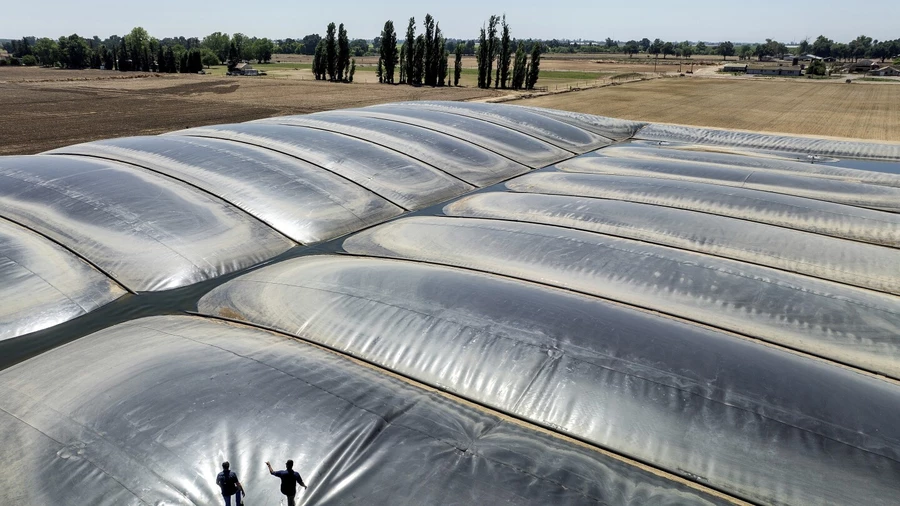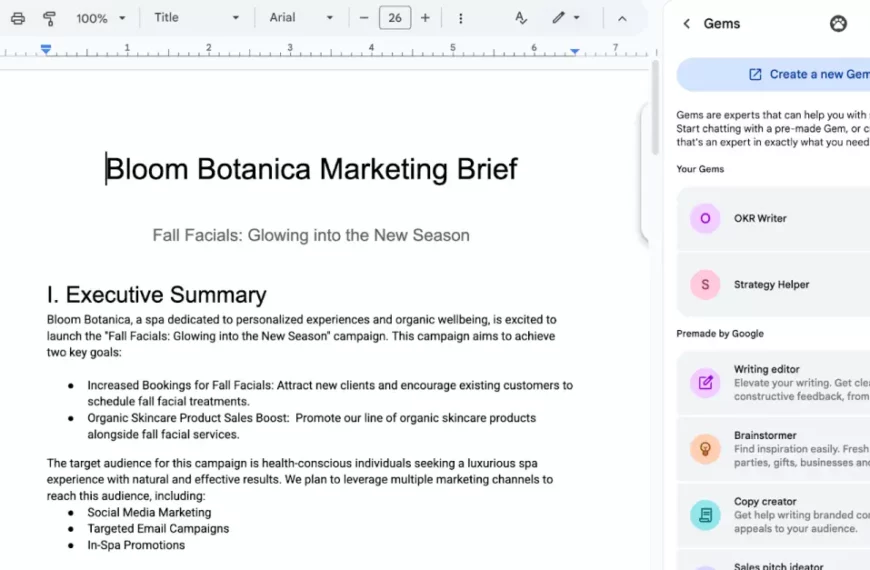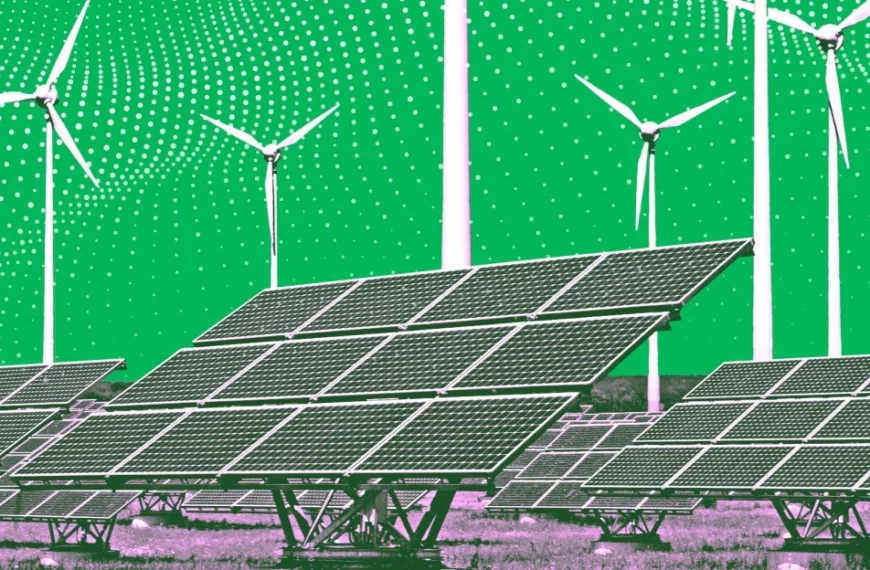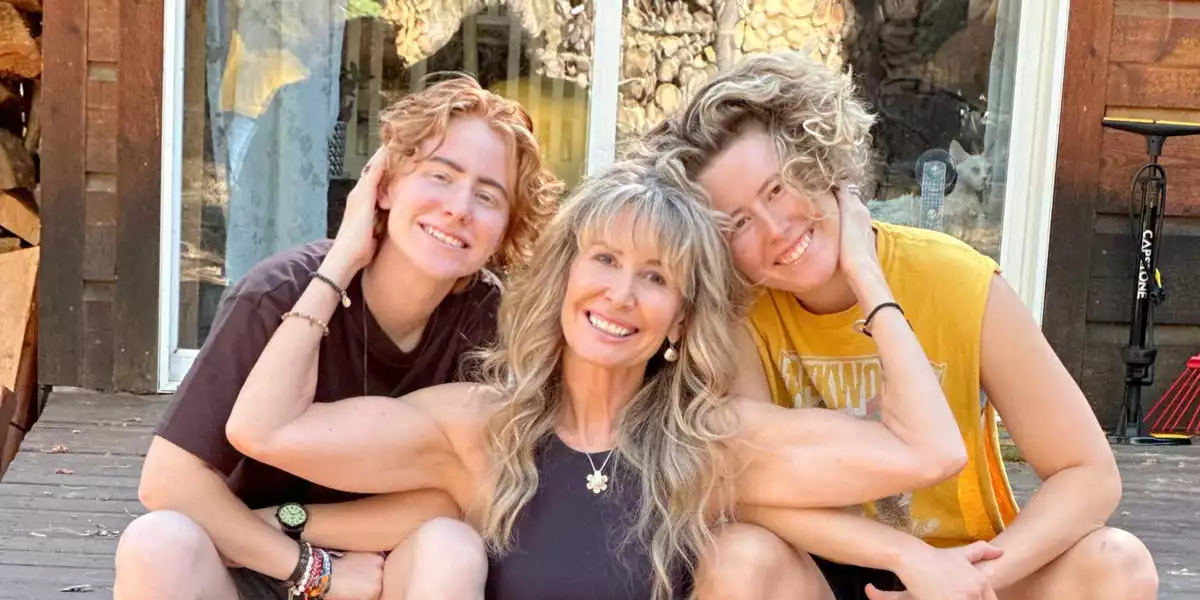Environmental Groups Sue California Air Regulators Over Climate Program
Environmental organizations have filed lawsuits against California air regulators, challenging the state’s low-carbon fuel standard program. The legal action comes in the wake of recent updates to California’s climate program by the California Air Resources Board (CARB), which aims to achieve carbon neutrality by 2045.
The low-carbon fuel standard, a key component of California’s ambitious climate policies, has come under scrutiny from environmental groups. Communities for a Better Environment, along with other organizations, have accused CARB of inadequate analysis of biofuels’ climate impacts. A separate lawsuit filed by Food and Water Watch and allied groups focuses on methane capture pollution.
Critics argue that the program disproportionately affects low-income and Latino communities. Katherine Ramos, a representative for the plaintiffs, stated, “Biofuels are causing harm to our communities and the environment.”
Environmentalists have expressed concerns about the low-carbon fuel standard program, citing issues such as competition with food production and potential deforestation. They advocate for a greater emphasis on electric vehicle charging infrastructure as an alternative approach.
The California Air Resources Board has declined to comment on the ongoing lawsuits. However, spokesperson Dave Clegern defended the program, stating, “The low-carbon fuel standard has been instrumental in combating climate change and improving air quality in California.”
This story is part of a partnership with the Associated Press/Report for America Statehouse News Initiative, a nonprofit national service program that places journalists in local newsrooms to report on under-covered issues.




 By
By
 By
By
 By
By
 By
By



 By
By







